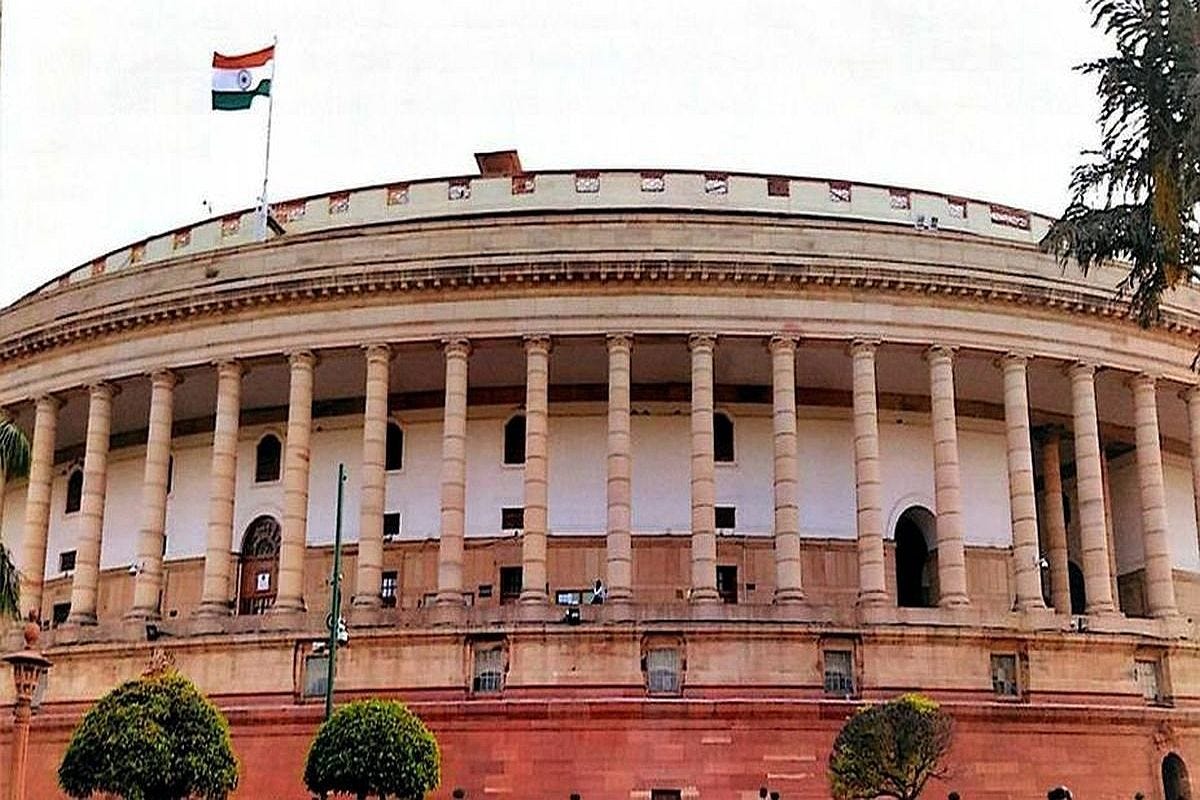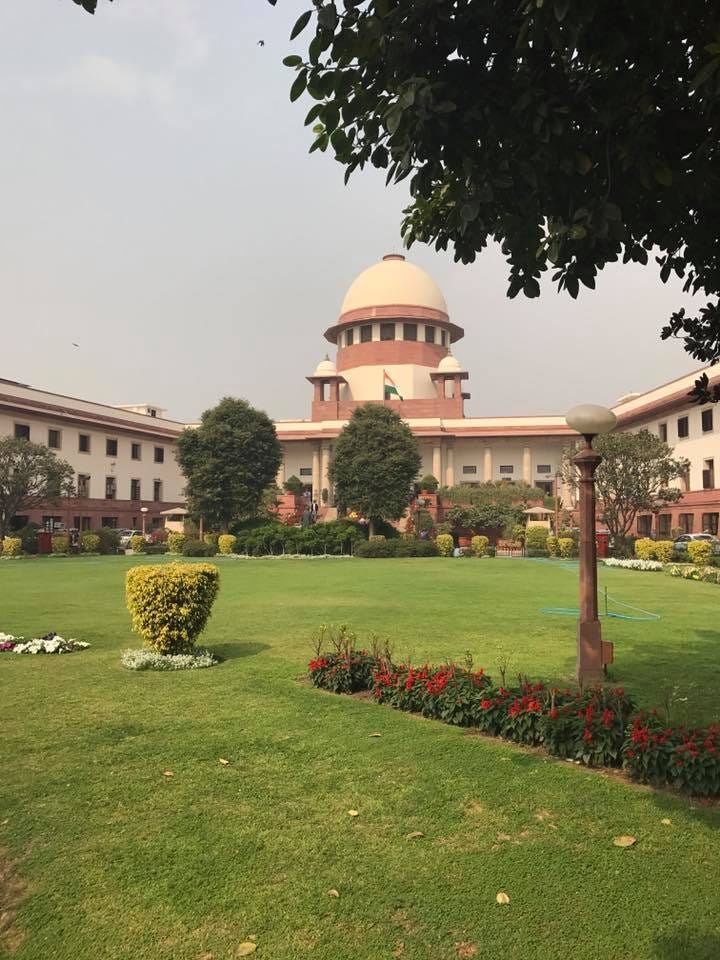December 18, 1865: Abolition of Slavery in USA; does it still exist in subtle forms?
Do a Few Indian Citizens Encounter Quasi-Slavery, Both Within the Country and Overseas?

1. Historic Emancipation: The 13th Amendment
On December 18, 1865, exactly 158 years ago, the United States embarked on a new chapter in its history with the ratification of the 13th Amendment, which abolished slavery. This pivotal moment came in the aftermath of the Civil War, a conflict that had deeply divided the nation over issues of slavery and state rights. The 13th Amendment not only ended the legal practice of slavery but also set the stage for further reforms aimed at establishing equality.
2. The Path to Equality: 14th and 15th Amendments
Following the 13th Amendment, the United States took further steps towards equality with the 14th and 15th Amendments. The 14th Amendment, ratified in 1868, granted citizenship to all persons born or naturalized in the United States, including former slaves, and promised equal protection under the laws. The 15th Amendment, ratified in 1870, prohibited the federal and state governments from denying a citizen the right to vote based on that citizen's "race, color, or previous condition of servitude."
3. Post-Abolition Challenges
Despite these amendments, the journey to equality was fraught with challenges. The period following the abolition of slavery saw the rise of segregation laws and practices, especially in the Southern states, along with significant barriers to voting for African Americans. These systemic inequalities highlighted the enduring legacy of racism and the ongoing struggle for civil rights.
4. Women's Suffrage in America
Parallel to the racial struggles, the women's suffrage movement in America gained momentum, leading to the 19th Amendment in 1920, which granted women the right to vote. This achievement was a crucial step in the broader quest for gender equality, yet it also reflected the complexities of societal change, as women continued to face discrimination in various forms.
5. India's Constitutional Strides
In India, the post-independence period was marked by significant constitutional reforms. The Indian Constitution, adopted in 1950, included provisions that prohibited discrimination based on caste or sex and abolished the practice of 'untouchability.' These measures were crucial in laying the groundwork for an egalitarian society, reflecting India's commitment to the principles of liberty and equality.
6. India's Battle Against Bonded Labour
To address the specific issue of bonded labor, a remnant of traditional forms of slavery, the Indian government enacted the Bonded Labour System (Abolition) Act in 1976. This legislation was aimed at eradicating the bonded labour system, but its implementation faced challenges, partly due to the entrenched nature of this practice in certain sectors of the economy.
7. The Plight of Domestic Help in India
In India, the situation of domestic help, including maidservants and minor children, presents a unique challenge in the context of labour rights and human dignity. Largely unregulated and often outside the ambit of the formal labour laws, these workers face a lack of job security, absence of formal employment benefits such as medical care, and are vulnerable to exploitation and abuse. While instances of mistreatment are relatively rare, with many households maintaining cordial relationships with their domestic staff and even assisting in the education of their children and access to medical facilities, the lack of a formal legal framework leaves these workers unprotected. This is particularly concerning in situations where accommodation is provided, as it often ties the worker more closely to their employer's household.
Despite these challenges, there has been a notable absence of political will to legislate protections for domestic workers, leaving a significant portion of the workforce in a precarious situation. This gap in labour rights highlights the need for a more inclusive approach to labour laws, one that recognizes and safeguards the rights and dignity of all workers, regardless of their employment sector.
8. Employment Contracts in India
The nature of certain employment contracts in India, especially in government services, has raised concerns about economic freedom and worker rights. These contracts often include clauses that bind employees to their jobs for a specified period, with financial penalties for early termination, suggesting a form of economic control that harks back to more restrictive labor practices.
9. Indian Expatriates in the Middle East
The condition of Indian expatriates working in the Middle East is another area of concern. Many Indian workers have faced quasi-slavery conditions, with practices such as the confiscation of passports and restrictive employment contracts by employers. These practices undermine the basic rights and dignities of workers, echoing the injustices of historical slavery.
10. Global Fight Against Modern Slavery
In response to these challenges, there has been a growing global movement to combat modern forms of slavery and human trafficking. International treaties and collaborations have been established, aiming to protect the rights of workers worldwide and to ensure that the scourge of slavery in its various forms is combated effectively.
11. Summing Up: The Ongoing Quest
The global journey from the abolition of slavery in the United States to the contemporary challenges faced by workers in different parts of the world, including India and the Middle East, underscores the ongoing struggle for freedom and dignity. The quest for equality is a continuous process, demanding commitment and collaboration to ensure that the shadows of slavery do not darken our modern world. As we move forward, the lessons of the past must inform our actions in the present, guiding us towards a future where equality and human rights are not just legal mandates but lived realities for all.






